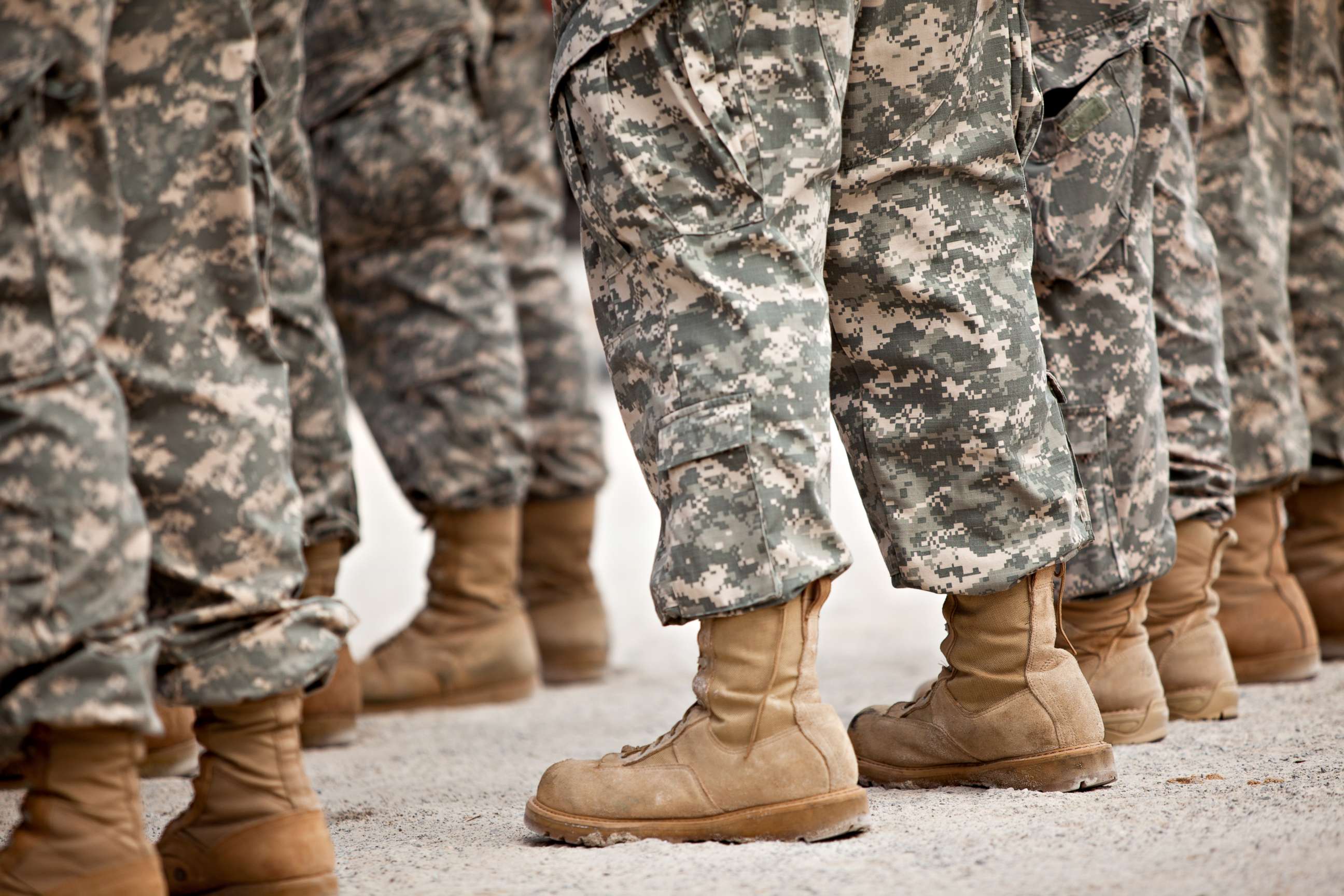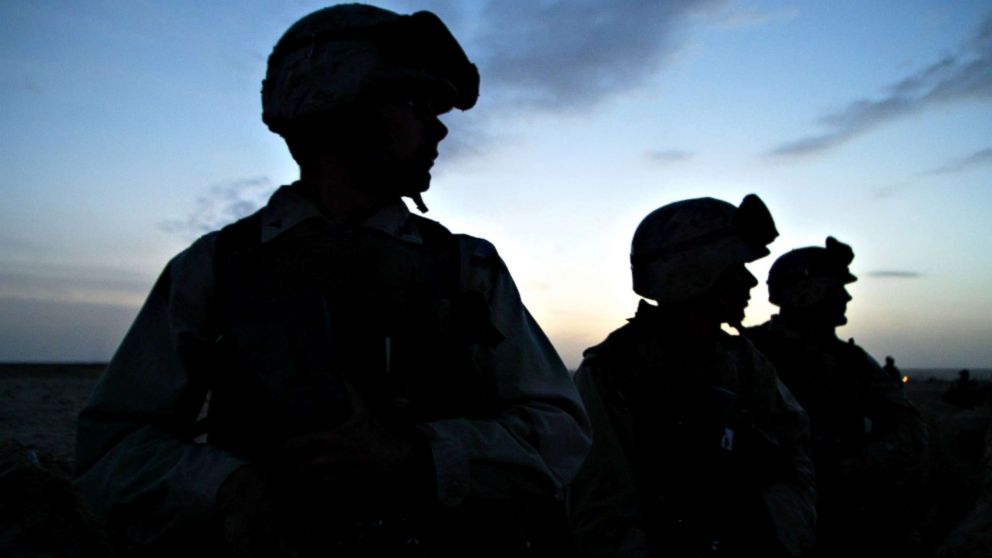Trump orders ban on most transgender troops, yet final policy rests in courts
In a presidential memorandum on Friday, President Donald Trump banned some transgender service members from serving in the U.S. military, saying transgender individuals “with a history or diagnosis of gender dysphoria” are unable to serve except under limited circumstances.
The new policy is constrained by existing court orders that block earlier attempts to ban transgender troops.
“Among other things, the policies set forth by the Secretary of Defense state that transgender persons with a history or diagnosis of gender dysphoria -- individuals who the policies state may require substantial medical treatment, including medications and surgery -- are disqualified from military service except under certain limited circumstances,” Trump wrote in a statement released by the White House.
In a memo to Trump dated Feb. 22, Secretary of Defense James Mattis — citing a panel of expert’s “professional military judgment” and his own professional judgment — recommended the following three policies with which Trump concurred:
1. “Transgender person with a history or diagnosis of gender dysphoria are disqualified from military service, except under the following circumstances: (1) if they have been stable for 36 consecutive months in their biological sex prior to our accession; (2) Servicemembers diagnosed with gender dysphoria after entering into service may be retained if they do not require a change of gender and remain deployable with an applicable retention standards; and (3) currently serving service members who have been diagnosed with gender dysphoria since the previous administration’s policy took effect and prior to the effective date of this new policy, may continue to serve in their preferred gender and receive medically necessary treatment for gender dysphoria.”
2. “Transgender person who require or have undergone gender transition are disqualified from military service.”
3. “Transgender person without a history or diagnosis of gender dysphoria, who are otherwise qualified for service, may serve, like all other service members, and their biological sex.”
Trump tweeted last July that he wanted to ban all transgender service members because the military "must be focused on decisive and overwhelming victory."
Since those tweets, federal courts have rejected portions of the proposed ban.
Most notably, beginning Jan. 1, the Pentagon complied with a court order that allowed transgender individuals to join the military if they met strict criteria, including certifications from a medical provider about the status of their health.
Two transgender individuals are already under contract to serve in the U.S. military since that court ruling.
The policy announced by the White House on Friday will be subject to and restrained by existing court orders, unless the Department of Justice has judges dissolve preliminary injunctions.
"We will continue to adhere to federal law," Department of Defense spokesperson Maj. Dave Eastburn told ABC News on Friday.

What do we know about transgender service members?
Mattis' February memo cites 8,980 service members who identify as transgender, "and yet there are currently only 937 active duty Service members who have been diagnosed with gender dysphoria since June 30, 2016."
A 2016 RAND study said the "little research" on transgender service members showed "little or no impact on unit cohesion, operational effectiveness, or readiness."
"Commanders noted that the policies had benefits for all service members by creating a more inclusive and diverse force," the study said.
In the memo, Mattis pushed back on the RAND study, saying the policy issue is "more complex than the prior administration or RAND assumed."
At the time of the study, 18 countries, including the United Kingdom, Israel, Canada and Australia, allowed transgender personnel to serve openly.




